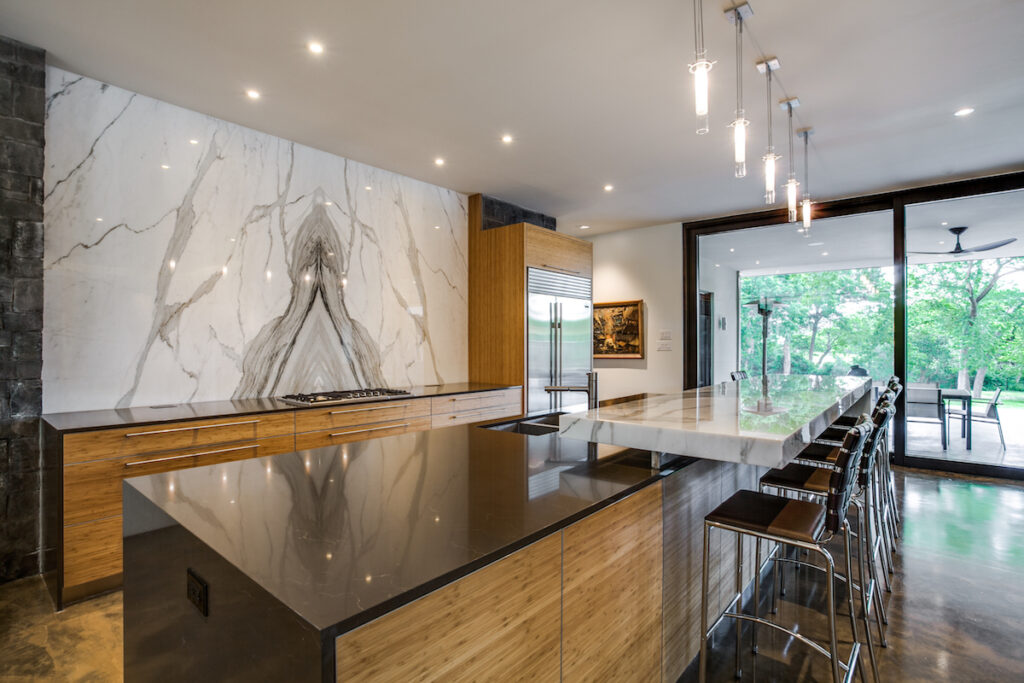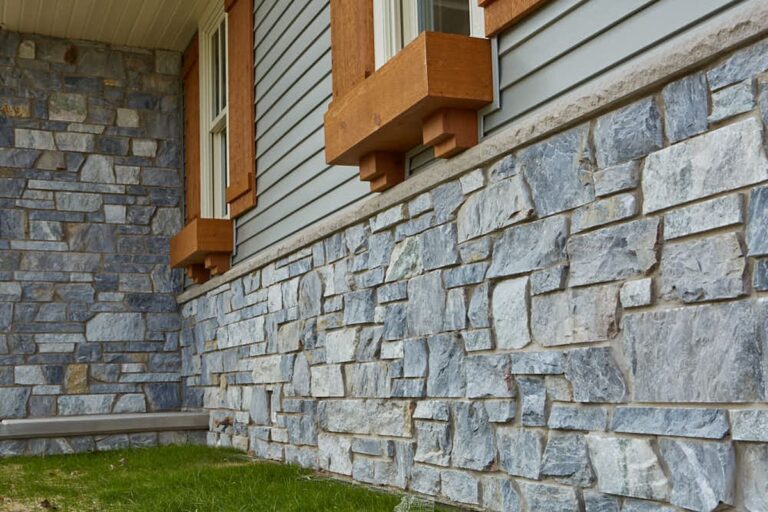Whether you are building a new house or renovating an existing one, installing natural stones is an investment that will add to your property value. There are many types of natural stones, and different finishes give varying effects.
However, like beauty, people have distinct tastes and styles. A perfect installation process will depend on budget, the type of material used, and what you seek to achieve, among others. Before starting the process, it is crucial to understand the installation process and know what to expect in stone installation.
Installation methods

Wet Installation
The wet approach is the most common method used to install natural stones. Picking the best plan from the variety of wet process installation options can pose a challenge. Direct adhesion or spot binding techniques can perform the wet process and is cost-friendly without on-site boring.
Direct adhesion
Uses a liquid latex together to form a cement mortar with a cement-based filler powder. The mortar is applied in thin layers on the surface. The technique does not involve drilling on site. Among other installation techniques, it is the cheapest method.
Spot bonding technique
Spot bonding technique uses a direct attachment to connect the stone cladding to the wall surface. The distinction between spot bonding and adhesion process is that only 10 percent of the adhesive surface area is used. This technique leaves holes between the stone and the wall in air pockets. The created gaps and air pockets reduce the risk of water spoilage.
Dry Method
With this process, the developer attaches the stone to the rock with fixed or embedded anchors, steel brackets, or links. Such methods are used on denser and stronger cladding because the procedure involves piercing of a cavity. This technique requires a certain drainage distance. The operation remains secure, and the stone remains unabated. The air cushion available is also ideal for expansion and contraction as a thermal barrier, and the method is a time saver as it is fast to install.
What to expect?

Ensure that you prepare everything before installers arrive at your house. Make your kitchen or bathroom accessible to make it easy for the team working on the site. Children and pets should steer clear from the area to avoid accidents from the movements of heavy things. Cover surrounding furniture and objects to keep off dust.
Your stone surface can be affected by normal wear and tear or harmful chemicals. Natural stone is a robust material that can be regenerated with the guidance of experts like Saturnia Travertini. Restoration of natural stone will depend upon two factors:
Type of stone: Stones like granite, travertine, and calestone are susceptible to acid. Since it is challenging to prevent spills in places like the bar or kitchen, you may consider restoring the counters after a while. However, proper care and maintenance make the stones more durable.
Expertise: If your stone looks soiled or worn, engage a reputable company to send an assessor at home to diagnose your project and advise whether it requires light preserving, cleaning, renovation, repair, or reinstalling.
The right installer should carefully fix the stone to prevent harm to the walls and cabinets if the current counters are removed. Sometimes when laminate countertops and backsplashes are removed, some plaster falls from the walls, but these defects can be fixed or reversed. Generally, an installation by experts should not cause any damages.
Polished finishes may require restoration at some point. Shaped finishes, on the other hand, handle scratches and edges well.
Complete repair or installation of natural stone is a complex process that takes 3-7 steps. Restoration is not just a squirt on the surface of a topical wax, and the scope depends on the condition, the dimensions of the process, and the amount of TLC needed.

Working with your service provider during the entire process is essential. Assign and discuss all duties and the job details at length for a seamless service. It is crucial to know what everyone is doing. For example, in the compartment kitchen or bathroom, decide who will remove the appliances. Many contractors will not move furniture because their insurance is a different liability class; hence it is crucial to understand all the contract terms.
The stone platforms must be levied and secured when placing on the countertops. Make sure that closets leveled before heavy stones and put into service. Shims can counteract any anomalies in the boxes in the new countertops. The granite, marble, or quartz are cemented on each other on the seams of the block. Usually, epoxy is combined with paint on the premises to match your machine top. To protect the cabinets further, use blocks.
Upon completion of the operation, the developer screens the stone. It depends on how easily you can use the surface. The touch can be dry, but the sealer may need to cure and not work for a few hours. At this point, you can use the kitchen countertops.
The contractor should also guide on proper care and general housekeeping tips. Use good stone soap to keep the surface clean. Lack of adequate care or poor implementation of restoration techniques can do more damage than good. Ensure you use established stone experts and source your materials from legit natural stone vendors for excellent service. Check previous clients’ reviews to know what you should expect. A company with experts on board will offer you excellent services for all your natural stone needs.

Conclusion
The installation process begins with identifying the type of natural stone you want in your space. Choosing the right company is also key. Saturnia Travertini is an expert in the field and will accommodate your budget as it has a wide variety of products. Entrust that installation process to a professional who can handle granite, marble, and travertine for a perfect result with no damages to your home or the counter.

